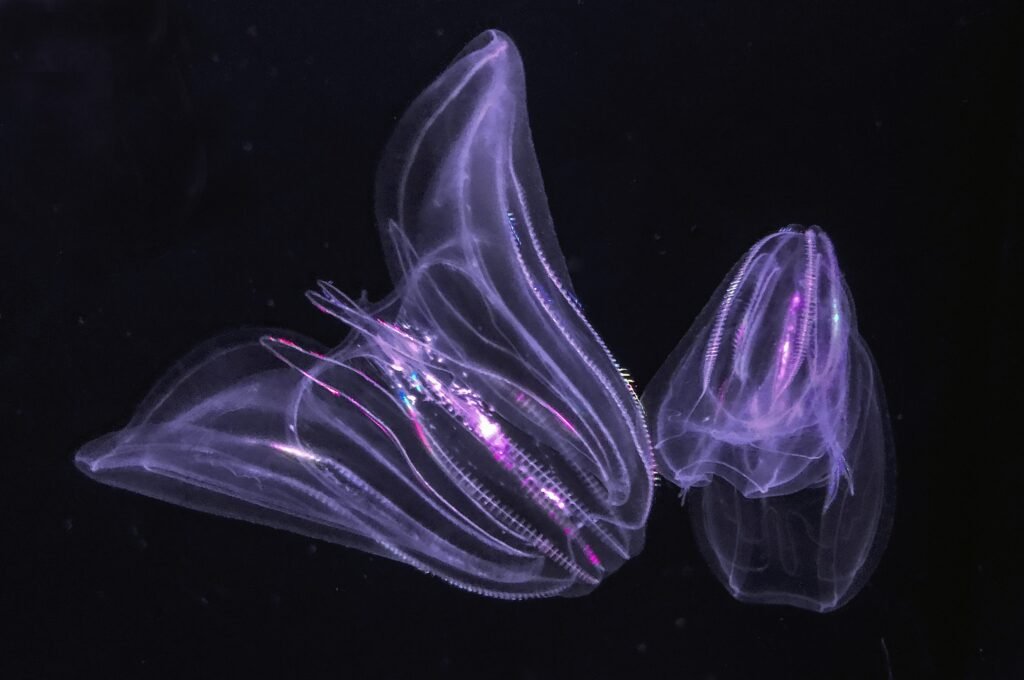Sea creature turns into a baby when it is stressed out showing time travel
A sea creature named sea walnut or Atlantic comb jelly turns into a baby when they are stressed out. A warty comb jelly or Mnemiopsis leidyi are other names for this creature. According to Norwegian researchers, sea walnuts will shrink and assume the younger stage after adulthood.
This study shows sea walnuts can age backward if they become a victim of injury, stress, or lack of nourishment. They are gelatinous invertebrate that develops backward, transforming their bodies into that of a larva. It is a stage during which it has tentacles for food collection.

These tentacles are absent from the adult version of sea walnuts which resemble a little set of transparent lungs. The sea walnut is just the third-known animal species that can go back in time (basically time travel) to an earlier stage of life after reaching adulthood.
Some corals, sea anemones, and jellyfish can also reverse their former physical forms, but only if they have not gained a stage of sexual maturity. Apart from sea walnuts, two more species can change as adults.
The dog tapeworm (Echinococcus granulosus) and immortal jellyfish )Turritopsis dohrnii) are among them. Hence, researchers conclude that the creature (sea walnut) turns into a baby for their survival strategy.

Click here to read the updates on scientists found alien species with 20 arms in the Antarctic Ocean
They intentionally injured one group of sea walnuts by removing tissue from their lobes. They found that sea walnuts did not die despite their injury and lacking something to eat. Instead, they shrunk into little blobs.
Thirteen of sixty-five sea walnuts showed signs of returning to their younger stage when they formed tentacles after receiving a later feeding. They eventually grew back to their former size and developed new lobes. According to research, newly developed sea walnuts were also capable of reproducing.
Sea walnuts are found in the Black and Caspian, Mediterranean, Baltic, and North Seas. They once became an invading species in Asia and Europe.
Read More:
- Sea creature turns into a baby when it is stressed out showing time travel
- Realme Narzo 70 Turbo 5G launch date, features, specifications & price
- European Space Agency printed 3D metal part in space for first time
- Earth’s mysterious Alaska triangle where over 20,000 people disappeared
- Philips Hue launched a new smart lighting solution for kitchen
- NASA to launch life-searching spacecraft to Jupiter’s moon Europa
Share this content:










Post Comment